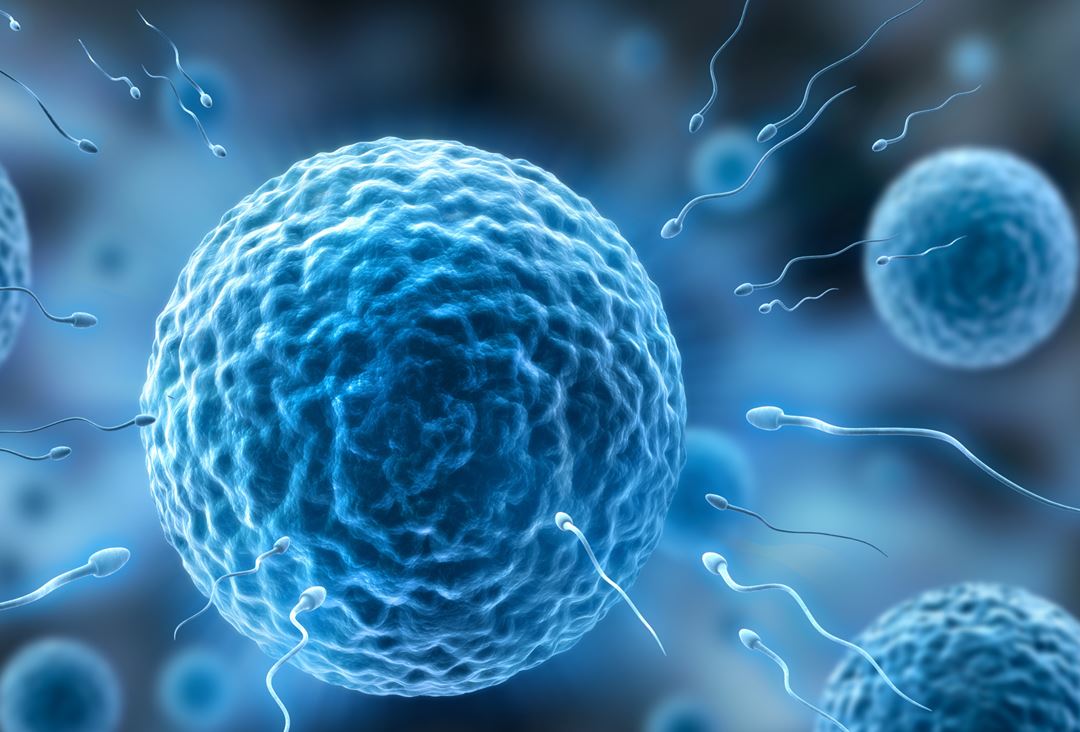Mois : septembre 2020
-

Place de l’âge paternel en infertilité
Répercussions sur l’évolution de la grossesse Advanced maternal age is an extensively studied risk factor foradverse reproductive outcome (Hassold and Chiu, 1985; Aldous andEdmonson, 1993; van Katwijk and Peeters, 1998; […]
-

Place des antagonistes dans le traitement de l’endométriose
Endometriosis is a common benign estrogen-dependentchronic gynecological disorder characterized by thepresence of endometrial tissue outside the endometrialcavity and is associated with pelvic pain, dysmenorrhea, dyspareunia,and infertility (1, 2). The prevalence […]
